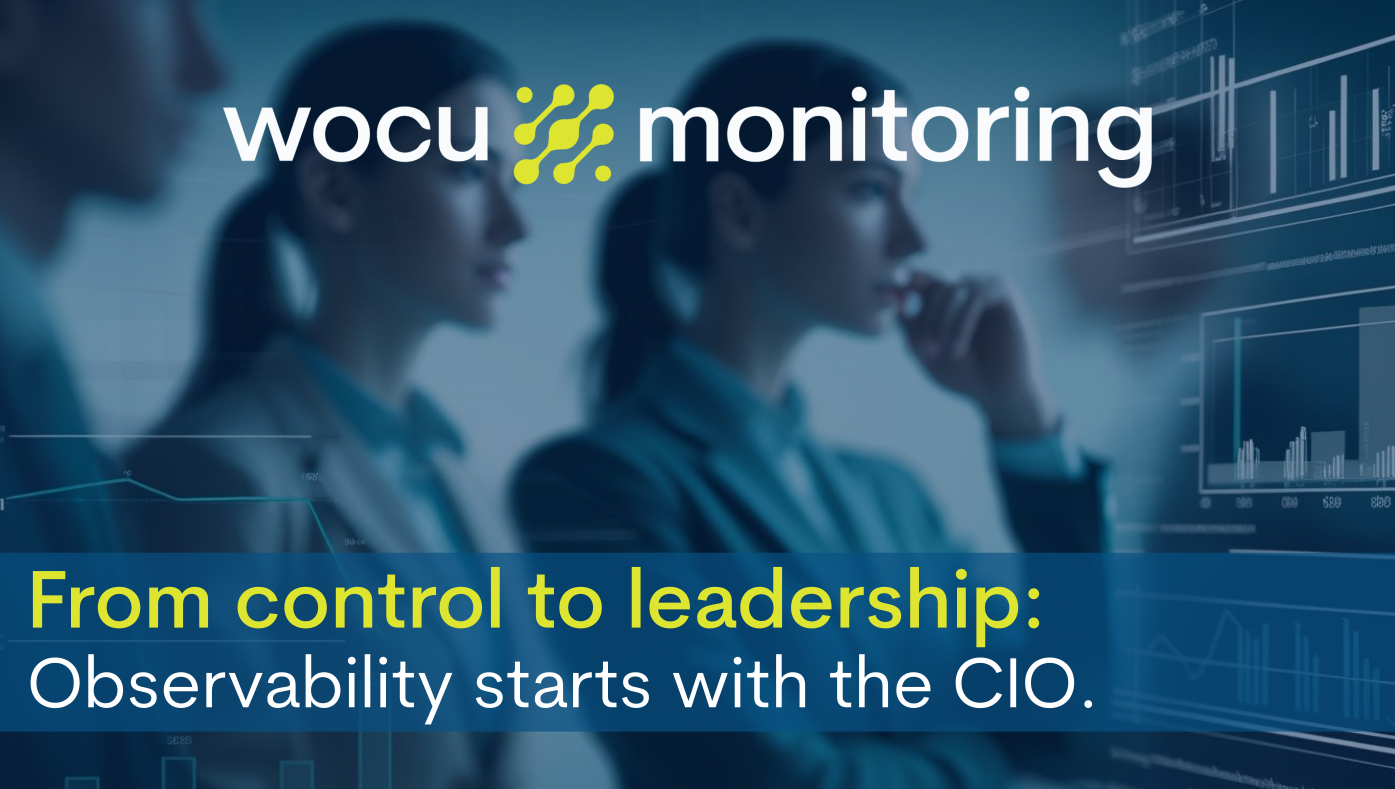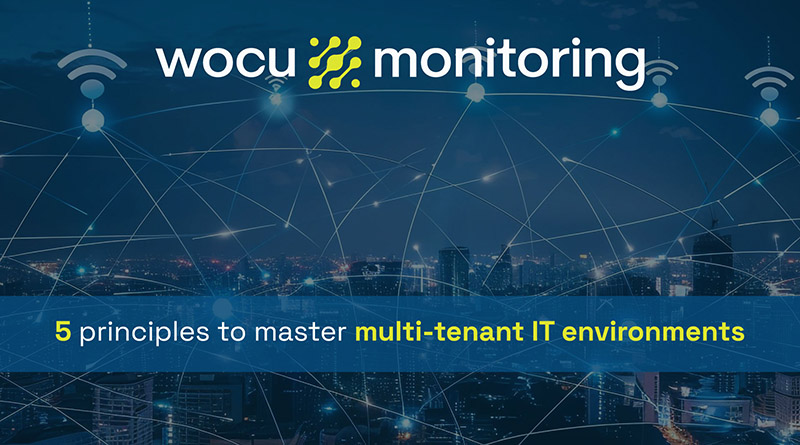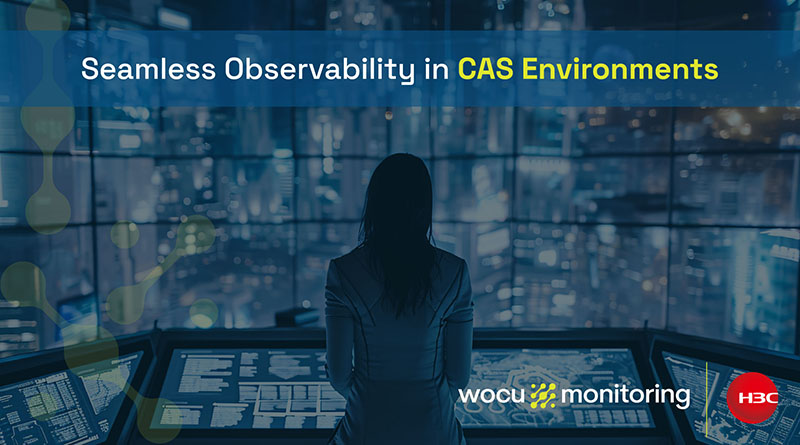Observability has become a strategic pillar for organizations seeking efficiency, resilience, and cost control. This article explores the crucial role of the CIO in adopting advanced IT monitoring platforms, based on insights from IDC, Gartner, and McKinsey. Discover how solutions like WOCU-Monitoring can help you lead this operational evolution with a business-driven vision.
The role of the CIO is constantly evolving. From a support function, it has transformed into a strategic steward of the budget, owner of key tools, and the one responsible for ensuring that technology delivers real value. It’s no longer just about keeping the infrastructure running, but about leading the technology strategy that drives operational efficiency and business growth. In this new landscape, comprehensive monitoring and observability platforms are emerging as key strategic allies in addressing the challenges of digital transformation.
Decisions regarding observability tools, technology budgets, and investment prioritization are increasingly falling to executive profiles such as the CIO. Why? These platforms provide a critical layer of operational intelligence that enables organizations to anticipate failures, control cloud resource consumption, and eliminate hidden costs that undermine profitability.
From Technical to Strategic: Observability as a Business Driver
Having a modern, unified IT monitoring platform is an essential step to ensure system performance and organizational competitiveness. According to IDC, the European observability market is experiencing its peak moment, driven by cloud adoption, artificial intelligence, and the growing need to comply with increasingly stringent regulations.
Observability platforms are becoming key environments for addressing fundamental business needs — from ensuring resilience and proactive availability to optimizing costs and delivering tangible customer outcomes through the IT function.” — IDC MarketScape 2024 on Observability
This evolution is no coincidence. The convergence of observability with areas such as security, DevOps, FinOps, and artificial intelligence highlights its role as a solution for the CIO capable of connecting technology operations with business outcomes. Observability enables looking beyond traditional performance indicators by providing real-time visibility into how systems impact customers, revenue, and operational continuity.
Additionally, WOCU-Monitoring is evolving towards integrating in-house automated IT predictive capabilities, currently in development, strengthening its position as a strategic layer within the corporate technology ecosystem.
Global vision and frictionless scalability
In large organizations or environments managed by IT solution integrators, scaling without losing control is one of the main challenges. Observability solutions for large infrastructures enable CIOs to anticipate performance issues, enforce consistent policies, and accelerate operational evolution without multiplying tools or costs.
Scalable software for IT infrastructures facilitates the integration of new services, assets, or locations without redesigning the monitoring architecture, enabling an evolution aligned with business objectives.
Why should the CIO lead this strategy?
Because it’s about efficiency, control, and results. According to Gartner, the average cost of one hour of downtime in environments without observability can reach $300,000. And according to McKinsey, 45% of companies overestimate their cloud resource usage due to the lack of adequate observability and control tools. In other words: without visibility, the CIO loses governance capability, and the business loses money.
Furthermore, a recent IDC study shows that organizations implementing observability solutions improve their application performance by 40%, and Gartner reports that 80% of companies investing in this technology significantly reduce their downtim
Therefore, we are talking about solutions for the CIO that drive true operational evolution. Observability enables understanding what is happening at every point in the digital ecosystem, anticipating incidents before they occur, and making decisions based on reliable data—not assumptions.
In the words of Archana Venkatraman, Senior Director at IDC Europe: “Observability platforms are addressing key business requirements such as resilience, cost optimization, and customer experience. Their strategic role is enhanced by convergence with security, DevOps, FinOps, and innovation in AI.”
Scalability, Integration, and Unified Vision: WOCU’s Proposition
WOCU Monitoring is designed as a unified monitoring solution tailored for large IT infrastructures. Its modular architecture and scalable approach enable it to support infrastructure growth without adding complexity. Additionally, its ability to integrate with other corporate solutions makes it a natural ally for IT solution integrators.
Unlike fragmented solutions, WOCU-Monitoring allows reducing the number of tools used, automating repetitive tasks, and consolidating critical metrics into a single environment.
Ready to find out if your infrastructure is hiding hidden costs?
Request more information and discover how WOCU-Monitoring can help you lead the observability strategy with a business-driven vision.




